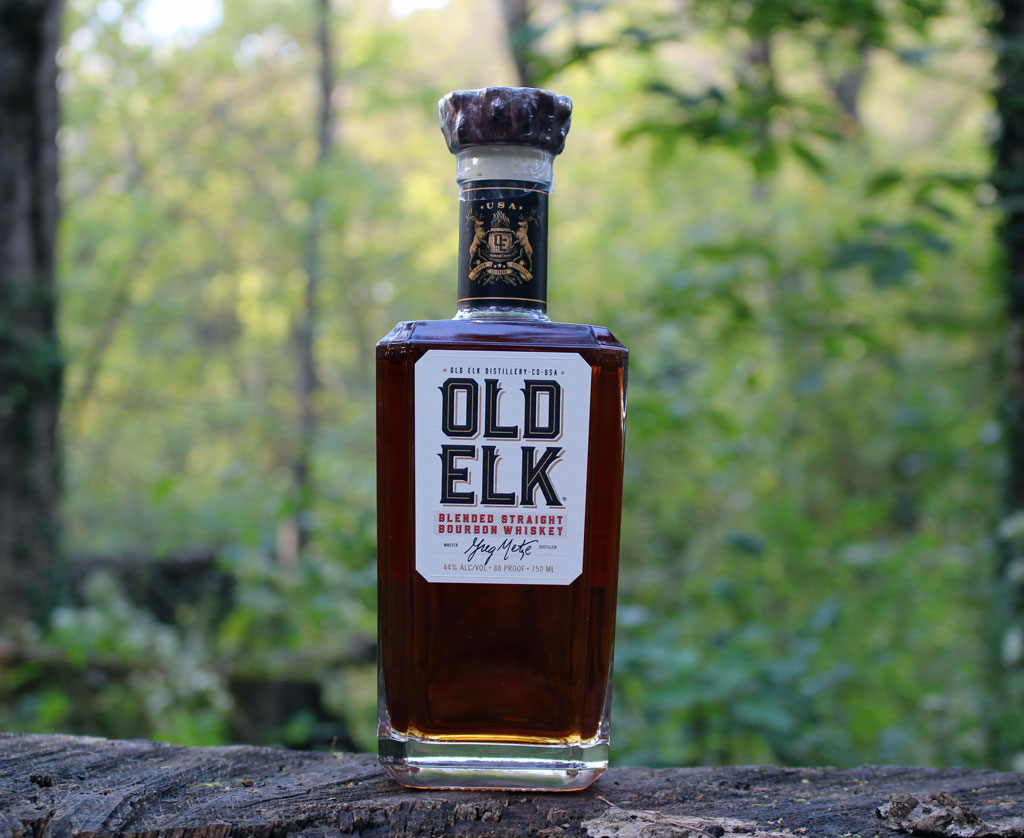Four Common World Whisk(e)y Mistakes
By Richard Thomas
A media buzz phrase these days is how we live in a “post-truth” environment, but active disinformation (to say nothing of ordinary ignorance) has been part of modern living for decades. Marketing truth and spin are more or less the same thing, applied to different fields of endeavor. Yet going on the internet in search of reliable information is a dicey proposition: bloggers can make mistakes and tend to confuse their opinion with fact, while forums are more disinforming than marketing (and often spitefully so).
In bars, club meetings and festivals, as well as socially, I hear a lot of repeating misunderstanding and falsehood. These are the four most common mistakes I encounter, and some speculation on my part as to why:
Older Is Always Better
The kernel of truth behind this one is that a properly matured whiskey is always a better whiskey. Where the idea goes wrong is in equating more age with more maturity, and thus better whiskey. It doesn’t work like that.
Whether it be a malt whisky aged in a first-fill Sherry butt next to the North Sea in Aberdeenshire or a Kentucky-style Rye aged on the top floor of a seven-story, wooden rickhouse perched above the Kentucky River, everything made in world whiskey has a “sweet spot,” a window of time in which that whiskey will reach its peak potential. Going beyond that means taking the influence of the cask to progressive extremes, which may or may not be a good thing. Hence, older isn’t always better.
A big part of why people think older is always better is because the world whiskey industry itself used to tell us so, using age statements as marketing and proof of quality. The idea continues to be overblown by croaking bloggers and forumiestas, who automatically criticize anything new no age statement (NAS) release that doesn’t bear the name “Ardbeg.”
Darker = Older
The little bit of truth here is that the longer a whiskey stays in wood, the darker it should become. However, this is really only useful in comparing whiskeys from the same maker and aged in the same conditions over an arc of time. Making comparisons outside of those terms is misleading or pointless.
To cite an American example, Ryes are routinely lighter in color than Bourbons of the same age, even when the two whiskeys were made by the same distillery. Over in Scotland, Ireland and Japan, any whisky that has spent time in a Sherry or Port cask is very likely to come away much darker than the same spirit spending many more years in an old Bourbon barrel or hogshead made from Bourbon staves.
Further complicating matters is the use of additives, such as caramel, to color the liquid. Color is fun to observe, and enhances what you already know about a whiskey. On it’s own, it won’t tell you much of anything.
Thinking There Isn’t Anything In There But Whiskey
Expanding on the point above, in the Scotch and Irish industries it’s common to add caramel to darken their oftentimes pale spirits. This isn’t just on the cheap stuff either. Plenty of premium products, including aged single malts, have coloring added.
In America, when Templeton Rye came clean about their whiskey, they over-confessed and revealed the use of flavorings added to their MGP-sourced hooch. This pointed at an obscure bit of Federal law, reminding everyone that a whiskey not bearing designations like “straight” or “bottled in bond” could have a little flavoring added.
While it certainly is the case that most whiskeys around the world taste and look the way they do because of entirely natural processes, it’s certainly not the case for all of them. Depending on the country, the law either requires disclosure or at least has qualifying language indicating purity. It pays to know what these terms are.
Sniffing The Glass Too Deeply
A common mistake for newbies, and even intermediate drinkers, is to put the entire nose into a Glencairn or copita glass and take a big draft of air. Even at 40%, doing this will cause the alcohol to burn the nostril at least a little, which should be a warning sign the nosing is being done wrong. Nevertheless, I have seen the same people doing the same thing over and over again, perhaps in an effort to be showy.
It’s called nosing, not snorting. This mistaken technique is appropriate, I think, for a tumbler, because that glass does nothing to concentrate vapors in the glass. For most specialized glasses, it’s overkill. Swish, place your nose over (not into) the glass, and sniff (not snort).



Wow. Where to start with your hate. It’s quite obvious you’re an ageist who’s also obsessed with color. LOL!!! When I first started drinking spirits(cognacs) I was guilty of using the big snifter and deeply inhaling. Time and experience fixed that.
Good article.
Good advice, and this is why I always defer to “straight” whiskey, unless I can be sure of what procedures and ingredients went into a given non-straight whiskey.
Also, I have yet to taste a bottled in bond whiskey that I didn’t like. Quality and value in every pour, every time.